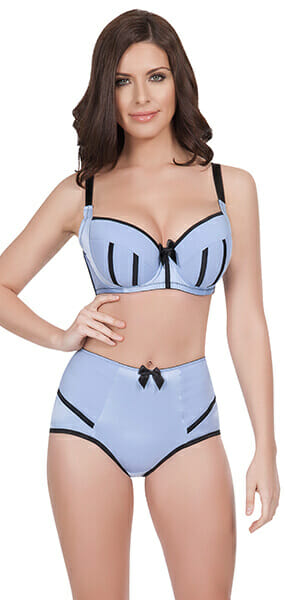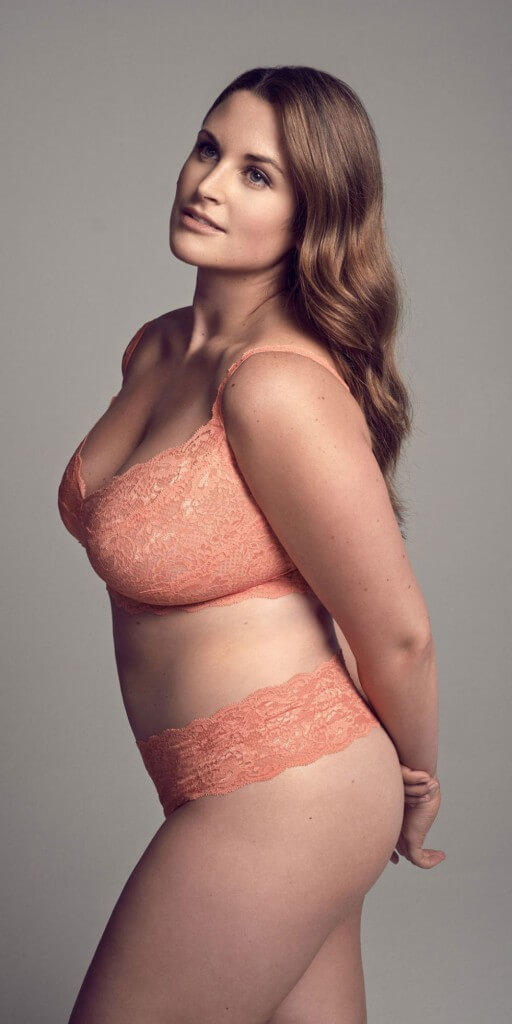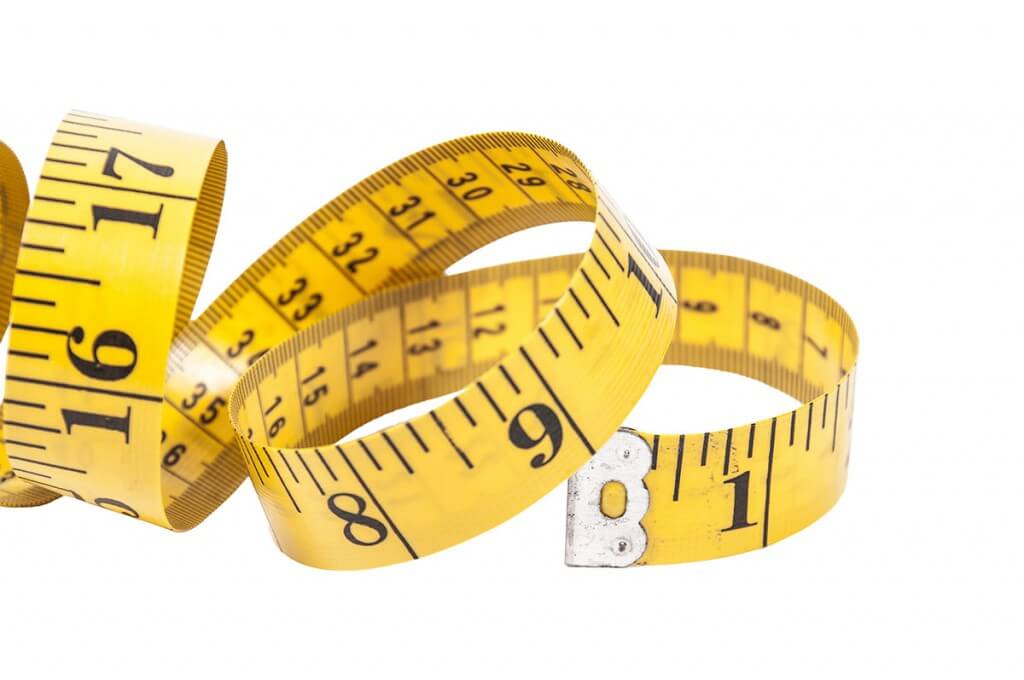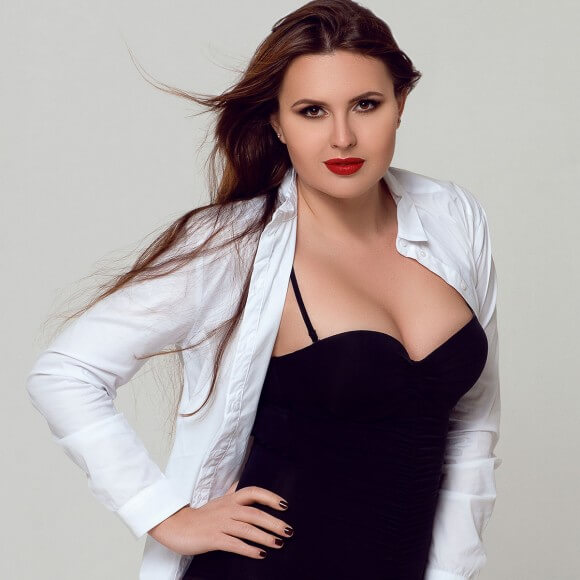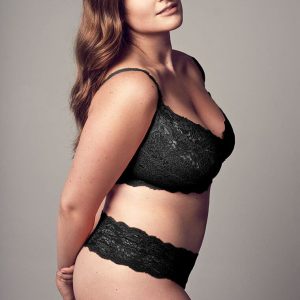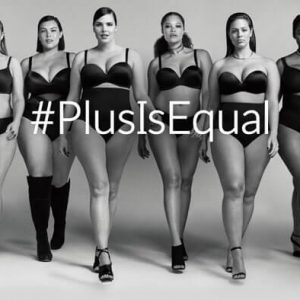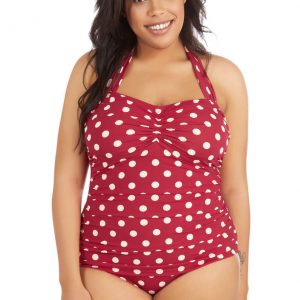The Size Range Double Down: Why Are Brands Limiting Their Plus Sizes?
The lingerie industry can be hard to analyze in an objective way because so few brands and boutiques publish their statistics. Today I’m going to be relying on two boutiques that graciously have: A Sophisticated Pair and Bluestockings Boutique.
Erica has actually just started to publish her series on her statistics over at A Sophisticated Pair this past week, so go here to see the updated numbers. For this article, I’ll be relying on her data from last year.
Cora commented in her latest trend report that size expansions seem to be on their way out with larger lingerie brands. As a lingerie copywriter, I've felt the same. Brands and retailers are doubling down on core sizes enthusiastically, whereas several years ago lots of big brands were talking about trying to expand their size range as quickly as they could.
What's strange about this is that it flies in the face of the little sales data that is out there, as well as the data that is available about the plus size market as a whole. The plus size market is now a $9 billion market, which is one of the reasons we've seen all the plus size ad campaigns and discussions about "extended" sizing this year.
Let's start by taking a look at some hard numbers from A Sophisticated Pair. Last year, band sizes 32 to 38 accounted for 70% of A Sophisticated Pair's sales. When you added in 40 bands, the total becomes nearly 80%. 40 bands also had the highest level of growth at 5%.
Conversely, 28 and 30 bands accounted for less than 9% of total sales. Keep in mind that A Sophisticated Pair is not a dedicated plus size boutique --- Erica works hard to stock options for an incredibly wide size range. However, she's still making the majority of her sales from band sizes that are considered outside the industry standard.
Bluestockings Boutique released similar data, with an interesting addendum. While core sizes sell, plus sizes sell out first and universally sell for full price. As a result, Jenna ends up reordering plus size items many times over, while some core size pieces stick around for ages.
These statistics and the growth of the plus size industry as a whole clearly demonstrate a ravenous demand for plus size lingerie. Logically, you'd think this would be a great time to introduce more plus size items rather than deprive the market.
However, the trend for the past two or three years has been to limit plus size options more than ever. Brands frequently upcharge for larger bands or cup sizes. Some Polish brands have even stealthily decreased their size range: they now only offer plus size items that used to be standard as custom made and non-returnable. So why is the market getting smaller as demand gets larger? As usual, there are some fairly complex explanations.
- Sales statistics are skewed by a lack of options in larger band sizes, putting an artificial cap on sales.
Erica's statistics from A Sophisticated Pair express this point well: 40 bands had the highest growth, but are also hard to source. Erica goes out of her way to help her clients with special orders, but not everyone does. If all plus size customers could access a consultant like Erica, life would be easier. In reality, most plus size women have to spend time researching and returning lots of bras that don't work or aren't comfortable. All of this puts an artificial cap on sales. If 38+ bands had the same options available as 28/30 bands, we'd see a really different set of industry statistics. - The online lingerie community is still dominated by small bands.
Plus size customers are buying more lingerie, but the face of lingerie online hasn't changed much. Bloggers are still mostly in small band size ranges and the bra fit community is still incredibly active. This makes the "face" of lingerie online look much smaller than it is. When businesses look at social media or blogs, they aren't seeing the full picture. In addition, these same bloggers end up with samples for review, so plus size customers can feel like lines that actually include their size aren't really for them (or just never see them at all). - Retailers hate risk.
I've heard of several companies that have tried to do big size expansions, but shut down the process when they surveyed their retailers and couldn't find buyers for the expanded stock. As consumers, we tend to believe that companies are not doing enough, which is frequently not the issue. Retailers control demand, so a company can't make bras that won't sell --- no matter how much they want to. There are lots of great lingerie companies out there with drive and vision who are hampered by retailers rather than their own internal issues. - Plus size customers buy what is out there now at full price, so there's little incentive to make things better.
In many ways, plus size customers are ideal lingerie consumers. We're trained to buy options at full price so they don't disappear and we're trained to buy multiples of things we love lest we never find them again. Most importantly, we're used to not being seen and not speaking up. We buy what companies put out at full price and rarely ask for more. Lingerie companies tend to make changes when sales are experiencing issues or they are hearing consistently negative feedback. When companies are making money off of plus size customers and not hearing many complaints, why would they try to do better?
So many changes in the clothing industry have happened because plus size bloggers and models have gotten together to amplify the requests of the plus size fashion community.
When Target brought out a subpar plus size collection, Chastity Garner, Nicolette Mason and Gabi Fresh all criticized the line on their blogs which brought about major changes in the line. Swimsuits for All has worked extensively with Gabi Fresh to develop a line of swimsuits that truly reflect what plus size customers want to see. Tons of media outlets like Bustle and Volup2 are talking about plus size fashion, which amplifies the feedback that designers and brands get from customers. However, the lingerie blogger community doesn't have enough plus size bloggers in it to make a big difference.
Look at the great work that Lane Bryant and Addition Elle have done with recognizable spokesmodels on board --- the industry just needs regular customers to be visible as well. Campaigns like #wearethethey, #honormycurves and #effyourbeautystandards have done amazing things for plus size visibility in the fashion industry, but we haven't found the lingerie based equivalent yet.
Why do you think companies haven't expanded their size ranges? What can consumers do to make a difference?





